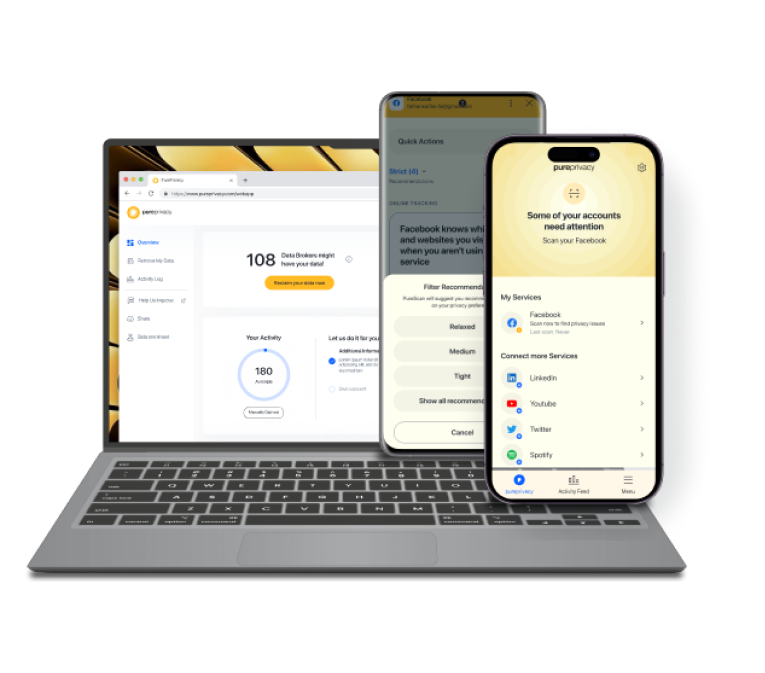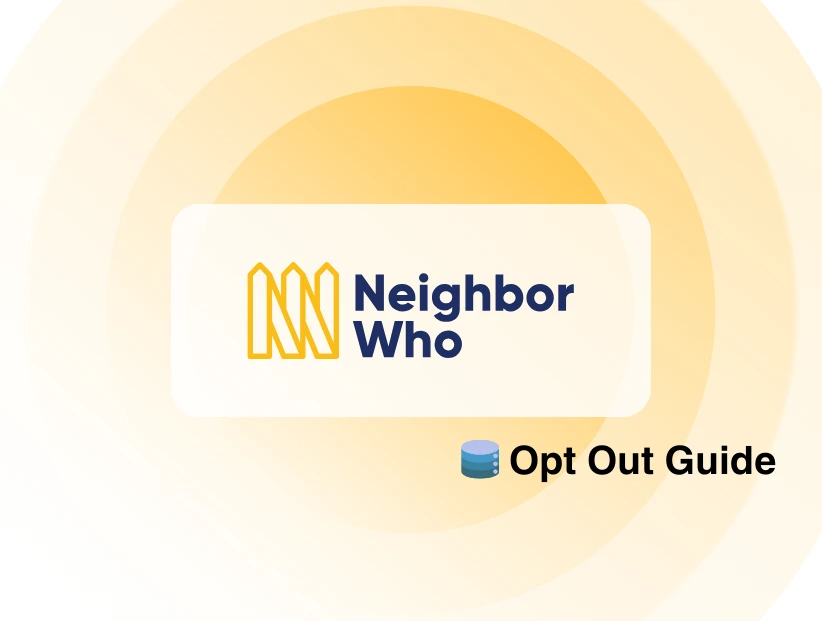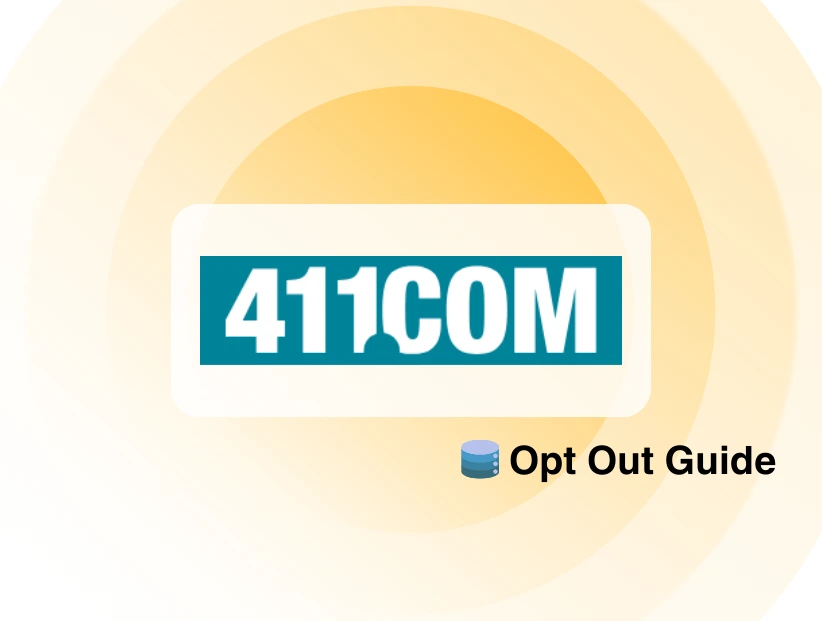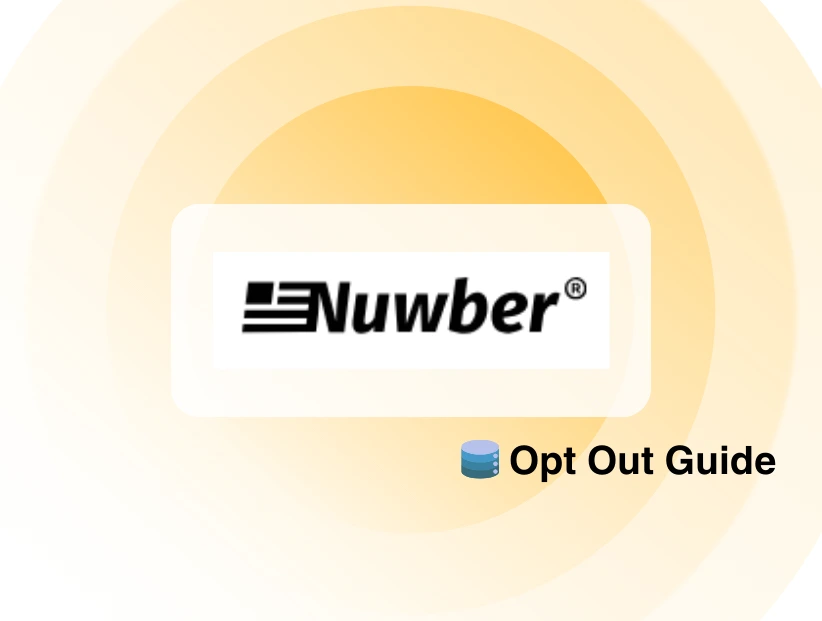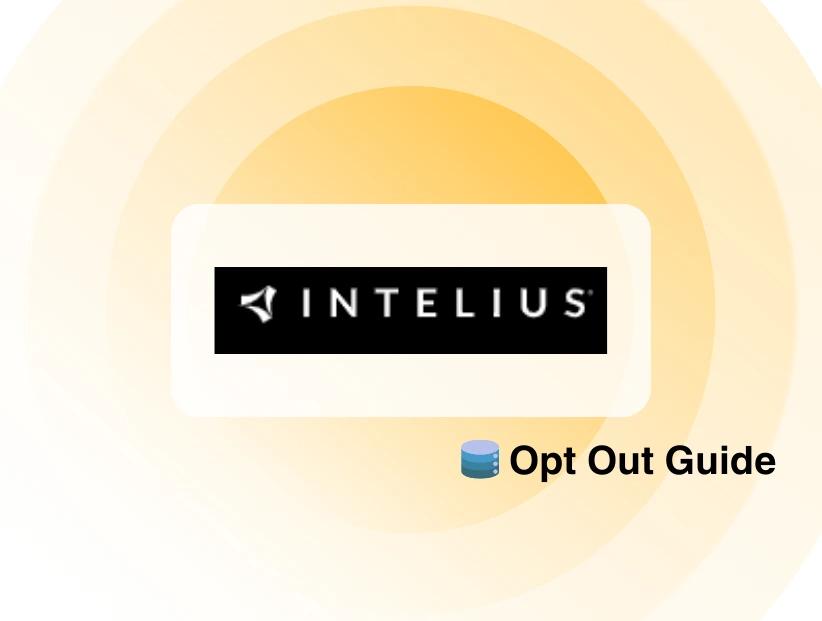Table of Content
“Your LinkedIn account has been hacked, and your sensitive data is being sold on the dark web”.
Can you imagine reading this after logging in to your LinkedIn account?
Data breaches are happening frequently, and protecting your personal information online is as crucial as ever.
LinkedIn can also expose your data to potential threats, even as it offers a great opportunity to connect with industry peers. Let's explore ways of protecting your information on LinkedIn.
How Does LinkedIn Collect Your Data?
LinkedIn obtains your information in many ways.
It immediately gathers the data you enter into your profile, including your name, email address, work history, and skill set. It monitors everything you do on the site.
LinkedIn gathers data about your surfing choices and activities through cookies and other monitoring technologies. It might also get data about you from unaffiliated third parties, including your job or place of education.
What are the Types of Information LinkedIn Collects?
LinkedIn gathers a range of data about its members, such as:
| Account Details | They obtain your basic profile data, including your name, email address, password, profile image, summary, location, and interests. |
| App Activity Data | Additionally, it keeps track of your in-app actions, including messages, searches, connections, groups, and posts you make on LinkedIn. |
| Data from Third Parties | When you visit LinkedIn, small text files known as cookies are downloaded to your device. These files monitor your website usage and gather data about your browsing preferences. |
Pixel tags gather data about your browser and device while tracking your interaction with the content. LinkedIn may obtain information about your activities on other social media sites if you link your account.
LinkedIn uses this data to offer its services, which include matching clients with job openings, connecting them with other professionals, and offering customized content.
And by changing privacy settings and deactivating your LinkedIn account, you can control the information that LinkedIn gathers about you.

Why is it Important to Understand LinkedIn's Privacy Policy?
As a professional social site, LinkedIn gathers and uses much personal information about its members.
Managing Private Data
The policy describes how LinkedIn gathers, uses, and shares data. Knowing this will help you decide what information to disclose and how to maintain your privacy.
Consent and Control
Upon creating a LinkedIn account, you agree to the terms and conditions stated in the privacy policy. Also, it gives you instructions on how to adjust your privacy settings and limit the data that LinkedIn can access and use.
Information Security
You can better grasp LinkedIn's security precautions for your data by educating yourself about the privacy policy.
Regulation Compliance
LinkedIn is subject to several privacy laws and rules, including the California Consumer Privacy Act (CCPA) and the General Data Protection Regulation (GDPR). By being aware of the privacy policy, you can ensure that LinkedIn manages your data in compliance with these regulations.
Develop Transparency and Trust
A clear and transparent privacy policy facilitates establishing a trusting relationship with LinkedIn. It shows the business's dedication to ensuring your privacy and transparency about its data practices.

How to Protect Your Personal Information on LinkedIn
If you’re missing out on some crucial security settings on LinkedIn, then find out these helpful ways to protect your personal information on LinkedIn.
Turn on Two-Factor Authentication
Turning on two-factor authentication can make accessing your LinkedIn account more difficult for anyone.
- LinkedIn will ask you to enter your account password if it doesn't recognize the device you're trying to log in from.
- A PIN is sent via SMS or, better yet, a mobile authentication app like Microsoft Authenticator.
If you are connected to LinkedIn via a mobile device, a push notification, including a login security prompt, will be sent to your mobile device instead of one of the two-factor authentication methods.

Include a Phone Number in Your Account
LinkedIn suggests including a phone number in your account to improve security and make it easier to retrieve your password if you forget it.
Your phone number will not appear in your profile's "Contact Information" section unless you manually add it there.
Limit Your Profile's Visibility
It's feasible to reduce the visibility of your profile for all LinkedIn members, search engines, and even your direct relations. If you're doing so to appease some people's curiosity, it's best to completely block the fields.
Go to that profile, click "More," and then use the "report/block" option to keep anyone from seeing anything about your presence and activities on LinkedIn.
Avoid Any Connection with Third Parties
Avoid giving your data to LinkedIn's "trusted third-party partners" for employment, economic, and social studies. Stop personalizing job offers and other targeted advertisements with your photo and profile information.
Limit the information LinkedIn collects about you so they can't target you with ads.
Avoid collecting your online traces—including "anonymized" information—collected, including interactions, site visits, ad clicks, and other activities.
Monitor the Dark Web 24/7
Use Dark Web Monitoring to scan the dark web for any personal data that may be available and get notified immediately if any of your data is discovered on the dark web so you can take precautions.
Remove Your Private Data Automatically
Use Remove My Data to delete your personal information from data broker sites. By doing so, you can lower your risk of identity theft and unsolicited marketing.
Block Intrusive, Online Trackers
Online trackers that gather information about your surfing habits and generate customized profiles so use Tracker Blocker to avoid these trackers and browse the internet anonymously.
Enhance Your Social Privacy Settings
Use Social Privacy Manager to examine your online activity to identify potential privacy risks and get suggestions on securing your data and enhancing your privacy settings.
Frequently Asked Questions (FAQs)
-
How can I maintain my privacy on LinkedIn?

Select Settings. Press the Visibility button. Press Under Visibility of your profile & network, make changes to your public profile. Toggle the public display of your profile to Off to make it invisible to others.
-
How Can I Customize My LinkedIn Privacy?

On your LinkedIn homepage, select the Me symbol located at the top. Choose Privacy & Settings from the dropdown menu. On the left panel, select Data Privacy. To change your settings, click on any of the categories under Who can contact you.
-
How can I delete my personal data from LinkedIn?

You can close your LinkedIn account to remove all of your data. When an account is closed, we usually remove data within 30 days. You can modify your profile if you would like to remove specific sorts of data (not "the works").
Wrapping Up!
LinkedIn is a helpful resource for professional networking, but there are privacy concerns related to every major, online platform.
Use strong passwords, be cautious when sharing personal information, and watch out for phishing scams.
You can also consider using PurePrivacy with a VPN to prevent unauthorized access to your private information and protect personal data from doxxers.


